Home>Kitchen & Cooking>Kitchen Gadgets & Utensils>What Is A Kettle Used For
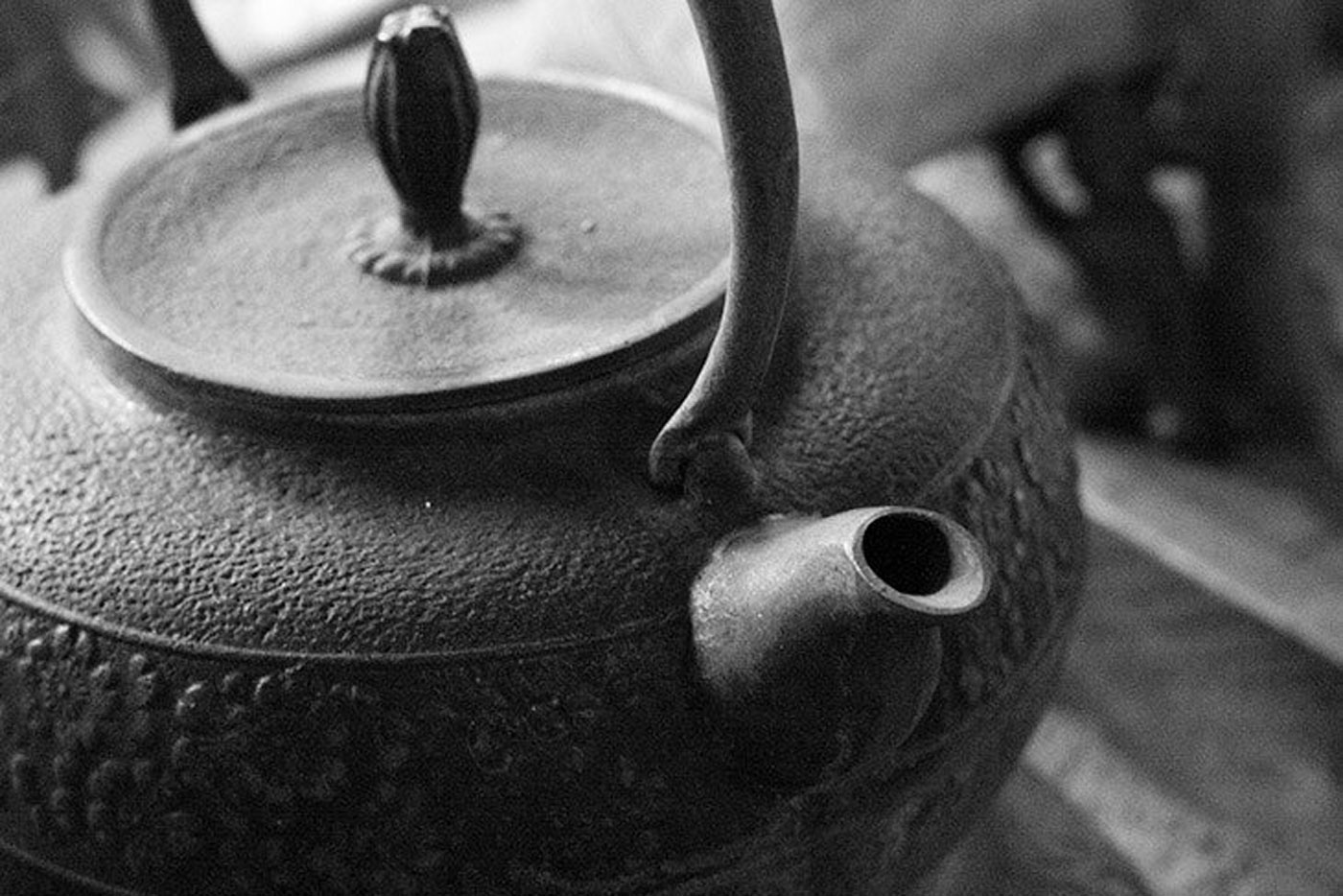

Kitchen Gadgets & Utensils
What Is A Kettle Used For
Published: January 21, 2024
Discover the versatility of kitchen gadgets and utensils with a kettle, a must-have tool for boiling water, brewing tea, and preparing hot beverages. Explore the various uses and benefits of this essential kitchen appliance.
(Many of the links in this article redirect to a specific reviewed product. Your purchase of these products through affiliate links helps to generate commission for Storables.com, at no extra cost. Learn more)
**
Introduction
**
Ah, the humble kettle – a staple in kitchens around the world. From its simple beginnings to its modern-day iterations, the kettle has played a crucial role in the daily rituals of countless individuals. This unassuming yet indispensable kitchen gadget has a rich history, diverse types, and a multitude of uses that extend far beyond the mere boiling of water. Join me as we delve into the fascinating world of kettles, exploring their origins, various types, and the myriad ways in which they enhance our culinary experiences. Whether you’re a tea enthusiast, a coffee connoisseur, or simply someone who appreciates the convenience of hot water, the kettle is an essential companion in the heart of any kitchen. Let’s embark on a journey to uncover the secrets and versatility of this beloved kitchen essential.
Key Takeaways:
- The kettle, from ancient origins to modern variations, is more than just a water-boiling device. It’s a versatile kitchen essential, enhancing beverage preparation and household tasks with convenience and efficiency.
- Whether it’s for making hot drinks, cooking, or sterilizing, the kettle is a valuable tool that adds warmth, comfort, and practicality to daily life, making it an indispensable companion in any kitchen.
Read more: What Is An Electric Kettle Used For
History of the Kettle
The history of the kettle is as diverse and intriguing as the cultures that have embraced it throughout the centuries. The concept of heating water in a vessel predates recorded history, with early civilizations utilizing various methods to achieve this fundamental task. The earliest rudimentary kettles were likely crafted from materials such as clay or metal, and their designs evolved as metallurgy advanced. The advent of the Industrial Revolution marked a significant turning point in the production of kettles, as mass manufacturing techniques allowed for the widespread distribution of these essential vessels.
Throughout history, kettles have been synonymous with warmth, comfort, and hospitality. In many cultures, the act of boiling water in a kettle is steeped in tradition and symbolism, signifying a welcoming gesture to guests and a means of fostering community. The evolution of the kettle has mirrored societal changes, adapting to the needs and preferences of different eras.
From the traditional stovetop kettles to the modern electric and induction models, the journey of the kettle is a testament to human ingenuity and the enduring quest for convenience. Today, kettles continue to hold a revered place in kitchens worldwide, serving as a testament to the timeless appeal and practicality of this indispensable tool.
Types of Kettles
Kettles come in a variety of styles, each tailored to meet the specific needs and preferences of diverse users. Understanding the different types of kettles can help individuals make informed decisions when selecting the ideal model for their culinary endeavors. Here are some popular types of kettles:
- Stovetop Kettles: These classic kettles are designed to be used on traditional stovetops, utilizing direct heat for boiling water. They are available in a range of materials, including stainless steel, copper, and enamel, each offering unique aesthetic and functional qualities.
- Electric Kettles: Electric kettles have gained widespread popularity for their convenience and efficiency. These kettles feature an integrated heating element and are powered by electricity, rapidly boiling water without the need for a stovetop.
- Gooseneck Kettles: Popular among coffee enthusiasts and aficionados of pour-over brewing methods, gooseneck kettles are characterized by their elongated, slender spouts, which provide precise control over the water flow. This design is ideal for achieving the perfect saturation and extraction in coffee brewing.
- Variable Temperature Kettles: Equipped with advanced temperature control settings, variable temperature kettles allow users to heat water to specific degrees, catering to the requirements of various beverages and culinary processes. This feature is particularly valued by tea enthusiasts and those who prioritize precision in brewing.
- Travel Kettles: Compact and portable, travel kettles are designed for on-the-go use, making them ideal companions for camping, travel, or any situation where access to a traditional kitchen may be limited. These kettles prioritize space-saving functionality without compromising on performance.
Each type of kettle offers distinct advantages and features, catering to a spectrum of preferences and lifestyles. Whether one seeks the charm of a traditional stovetop kettle, the convenience of an electric model, or the precision of a variable temperature kettle, there is a perfect kettle to suit every need.
A kettle is used to quickly heat water for making hot drinks like tea or coffee, as well as for cooking tasks like boiling pasta or vegetables. Always ensure the kettle is filled with the appropriate amount of water before turning it on to avoid damage.
Uses of a Kettle
The uses of a kettle extend far beyond the simple task of boiling water, encompassing a multitude of culinary, beverage, and practical applications. Here are some of the primary uses of a kettle:
- Boiling Water: The most fundamental function of a kettle is to rapidly heat water to its boiling point, providing the foundation for a wide array of hot beverages, including tea, coffee, hot chocolate, and instant soups.
- Preparing Hot Beverages: Kettles are indispensable for the preparation of a diverse range of hot drinks. Whether it’s steeping a fragrant herbal tea, brewing a robust cup of coffee, or creating a comforting mug of cocoa, the kettle serves as the essential starting point for countless beverage experiences.
- Cooking and Food Preparation: Kettles can expedite various cooking processes, such as blanching vegetables, rehydrating dried ingredients, and facilitating the initial stages of pasta or rice preparation. The hot water from a kettle can also be used for loosening jar lids, preheating thermoses, and aiding in the removal of stubborn food residues.
- Sterilizing Utensils: Boiling water from a kettle is an effective method for sterilizing kitchen utensils, baby bottles, and other heat-resistant items, providing a simple and reliable means of maintaining hygiene in the home.
- Household Chores: Kettles are valuable for household tasks beyond the kitchen, such as filling hot water bottles, replenishing steam irons, and assisting in the cleaning of various surfaces and appliances.
From culinary endeavors to household maintenance, the versatility of a kettle makes it an indispensable tool in the modern home. Its ability to swiftly produce hot water elevates the efficiency and convenience of numerous daily activities, enriching the overall experience of home cooking, hospitality, and domestic functionality.
How to Use a Kettle
Using a kettle is a straightforward process, yet there are various tips and techniques that can optimize its performance and ensure safety. Here’s a step-by-step guide on how to use a kettle effectively:
- Fill the Kettle: Begin by filling the kettle with the desired amount of water, ensuring that it does not exceed the maximum capacity indicated. Use cold tap water for optimal taste and to prevent mineral buildup.
- Place on Heat Source: For stovetop kettles, position the kettle on the heat source, whether it’s a gas burner, electric coil, or induction cooktop. Electric kettles should be placed on their base and plugged into a power source.
- Heat the Water: Activate the heat source and allow the water to come to a rolling boil. Stovetop kettles will emit a whistle or hissing sound when the water reaches boiling point, while electric kettles will automatically switch off or indicate when the water is ready.
- Handle with Care: When the water has boiled, exercise caution when handling the kettle, as it will be hot. Use oven mitts or a heat-resistant grip to avoid burns or scalds.
- Pour and Enjoy: Once the water is heated to the desired temperature, carefully pour it into your chosen vessel or use it directly for your intended purpose, whether it’s brewing a delightful cup of tea, preparing a steaming bowl of oatmeal, or any other application.
It’s important to note that different types of kettles may have specific usage instructions, such as temperature settings for variable temperature kettles or unique cleaning procedures for specific materials. Always refer to the manufacturer’s guidelines for the optimal use and maintenance of your particular kettle model.
By following these simple steps and adhering to any specific guidelines provided with your kettle, you can harness its capabilities to effortlessly and safely meet your hot water needs, enhancing your culinary adventures and daily routines.
Read more: What Is A Steam Kettle Used For
Conclusion
The kettle, with its rich history, diverse types, and myriad uses, stands as a testament to the enduring significance of this seemingly simple yet indispensable kitchen tool. From its ancient origins to its modern incarnations, the kettle has been a steadfast companion in the rituals of tea ceremonies, coffee brewing, and countless culinary pursuits. Its ability to swiftly and efficiently produce hot water has elevated the art of beverage preparation and facilitated a multitude of household tasks, enriching the fabric of daily life for individuals around the globe.
As we reflect on the multifaceted role of the kettle, we gain a deeper appreciation for its capacity to foster warmth, comfort, and conviviality. Whether it’s the comforting whistle of a stovetop kettle, the convenience of an electric model, or the precision of a variable temperature kettle, each type offers unique benefits that cater to the diverse needs and preferences of users.
As we bid adieu, let’s carry forward an enhanced understanding of the kettle’s versatility and significance, embracing its timeless charm and practicality in our culinary adventures and domestic routines. Whether it’s a cherished relic passed down through generations or a cutting-edge innovation, the kettle remains an enduring symbol of hospitality, convenience, and the simple joy of a steaming cup of liquid warmth.
Frequently Asked Questions about What Is A Kettle Used For
Was this page helpful?
At Storables.com, we guarantee accurate and reliable information. Our content, validated by Expert Board Contributors, is crafted following stringent Editorial Policies. We're committed to providing you with well-researched, expert-backed insights for all your informational needs.
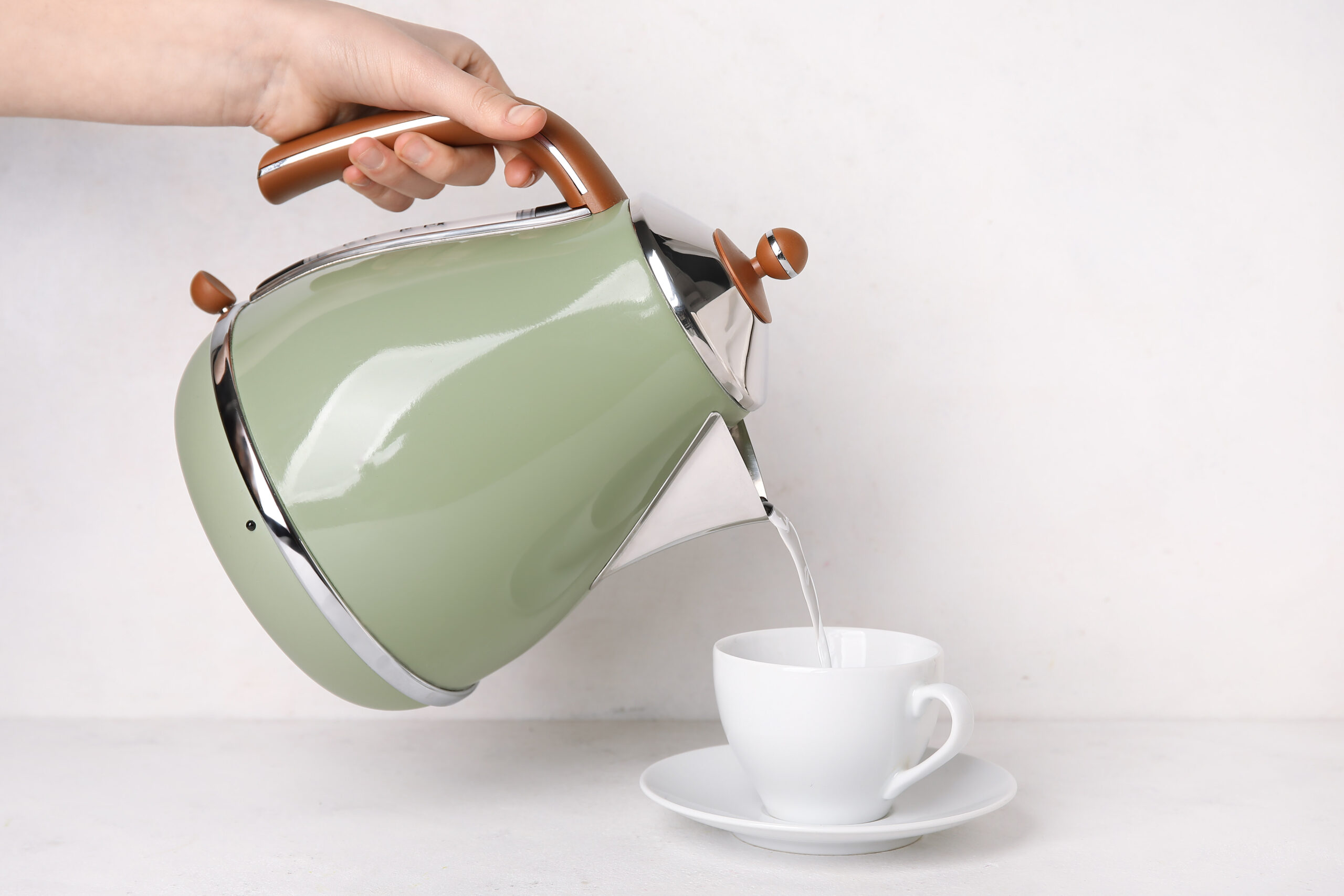
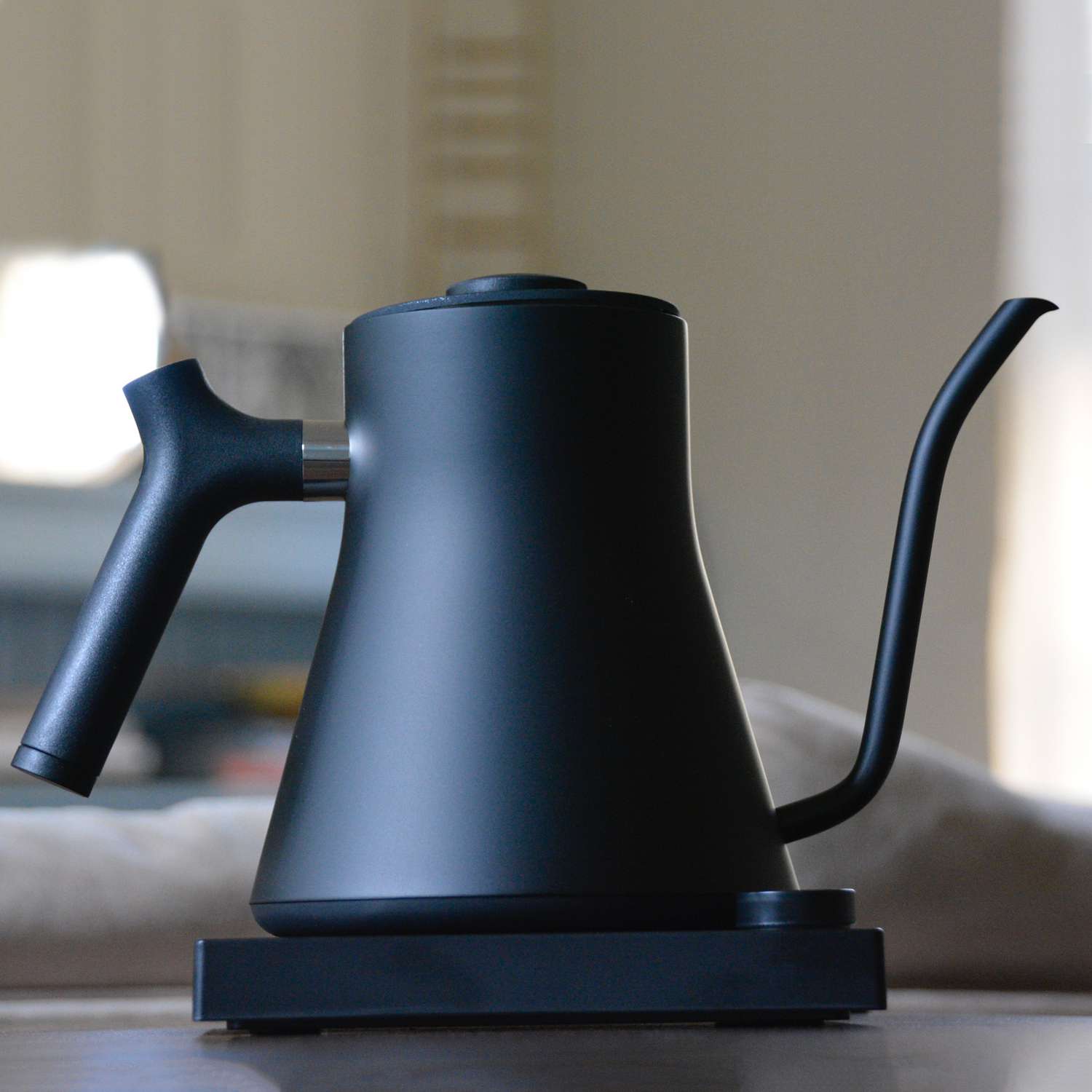
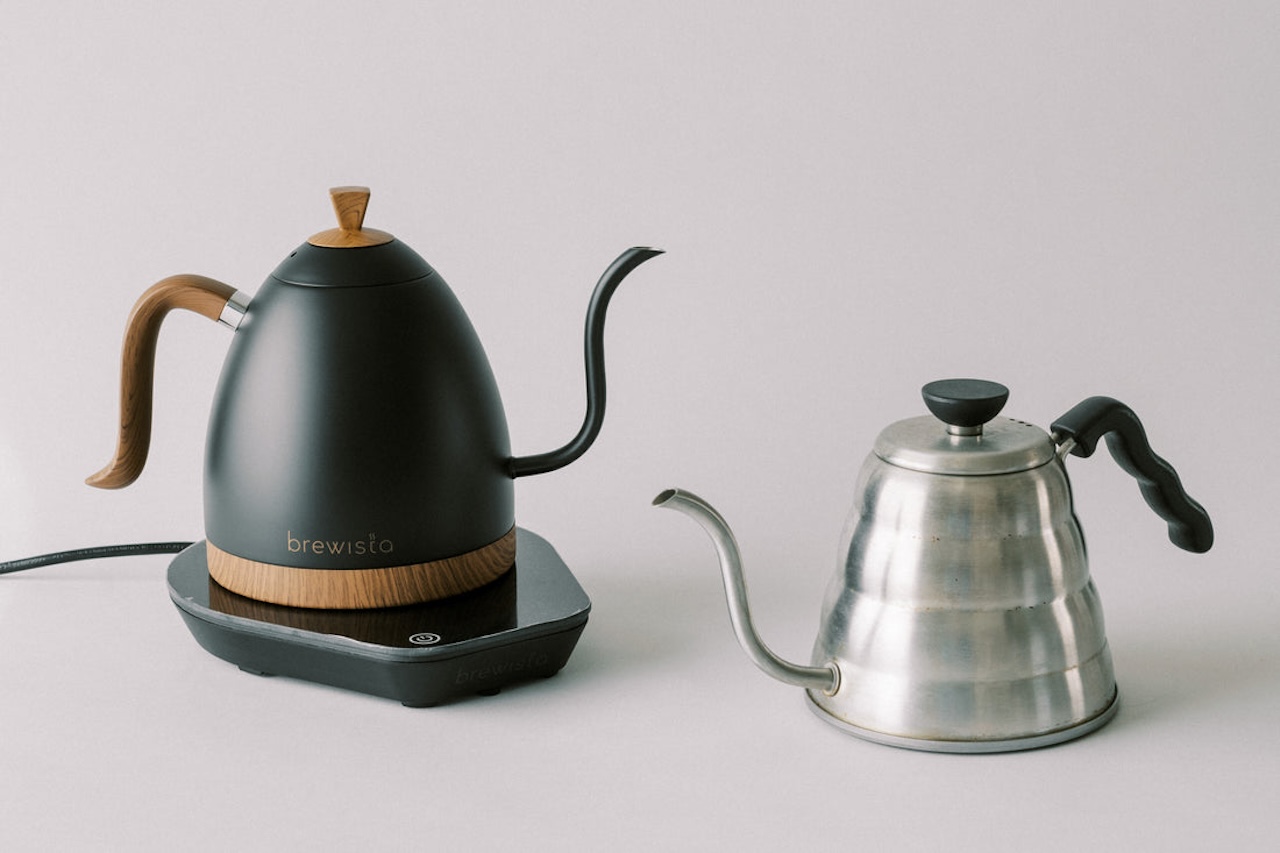
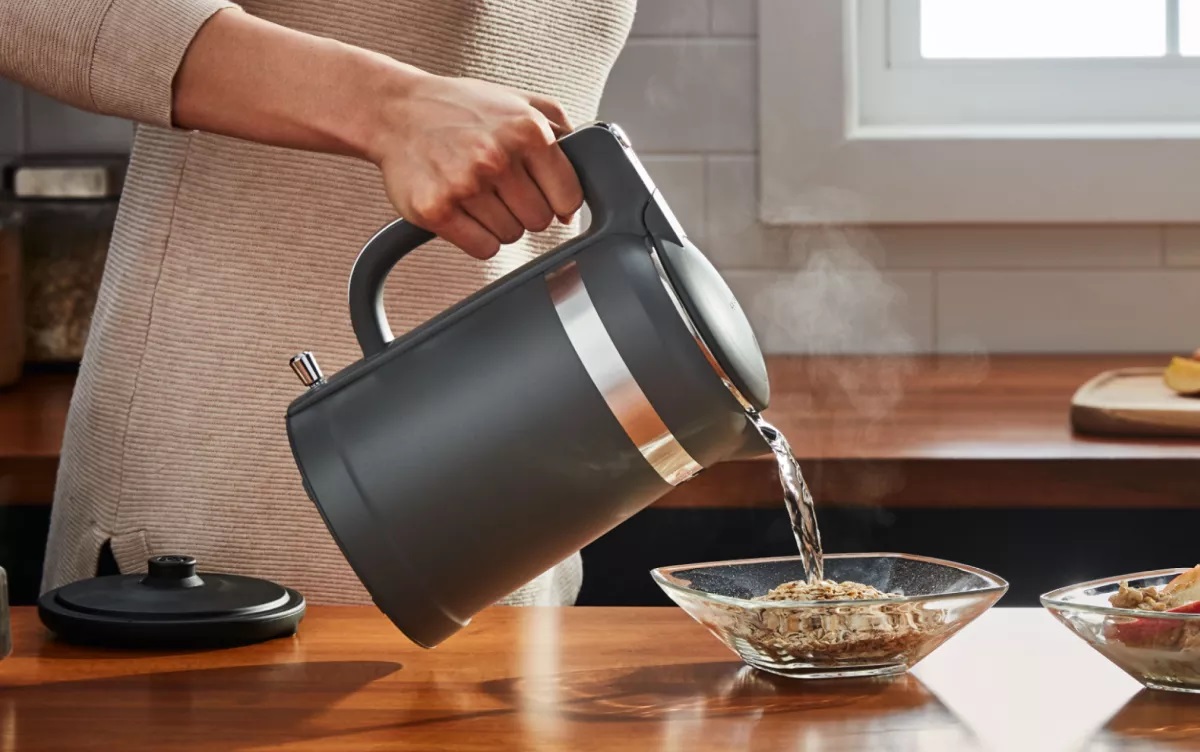
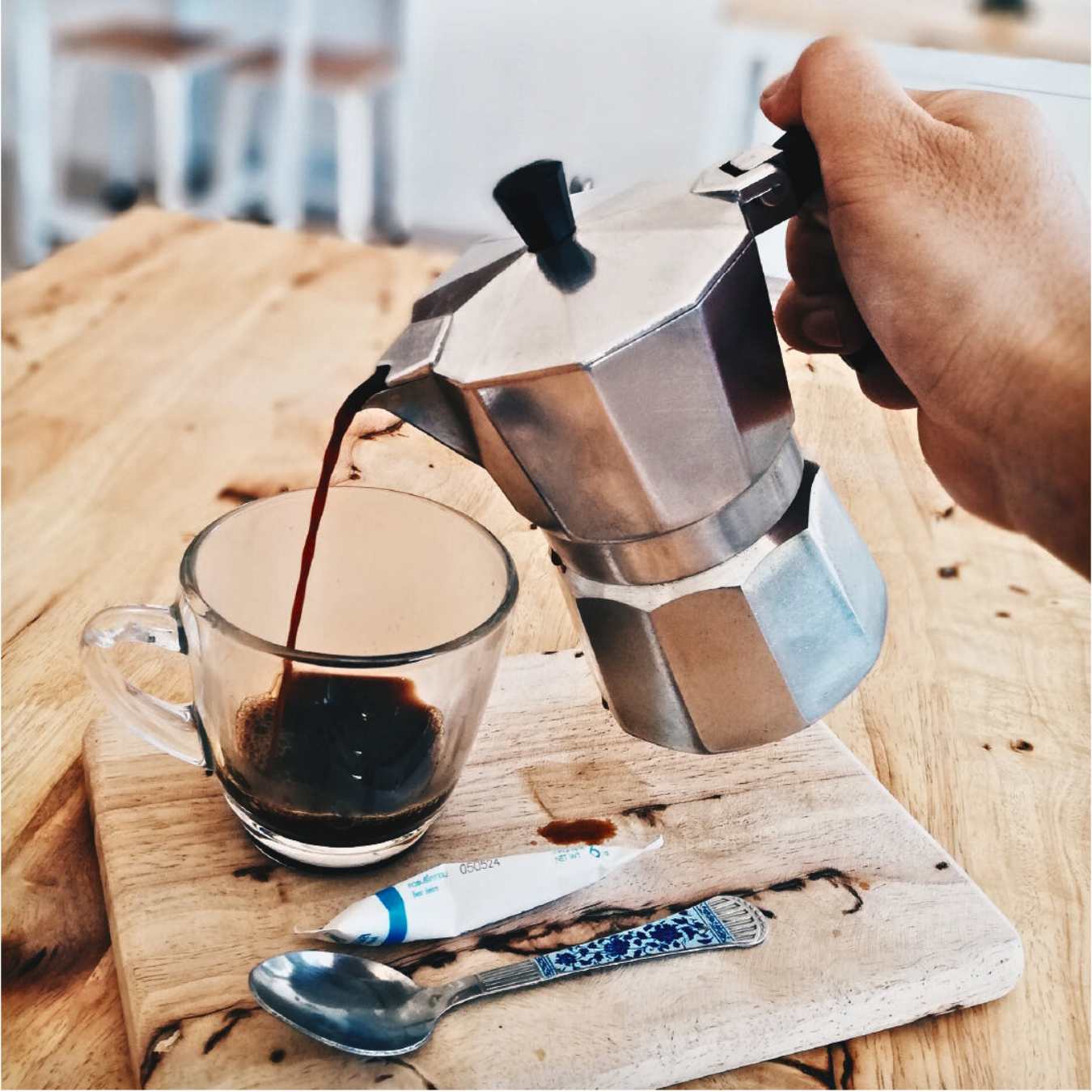
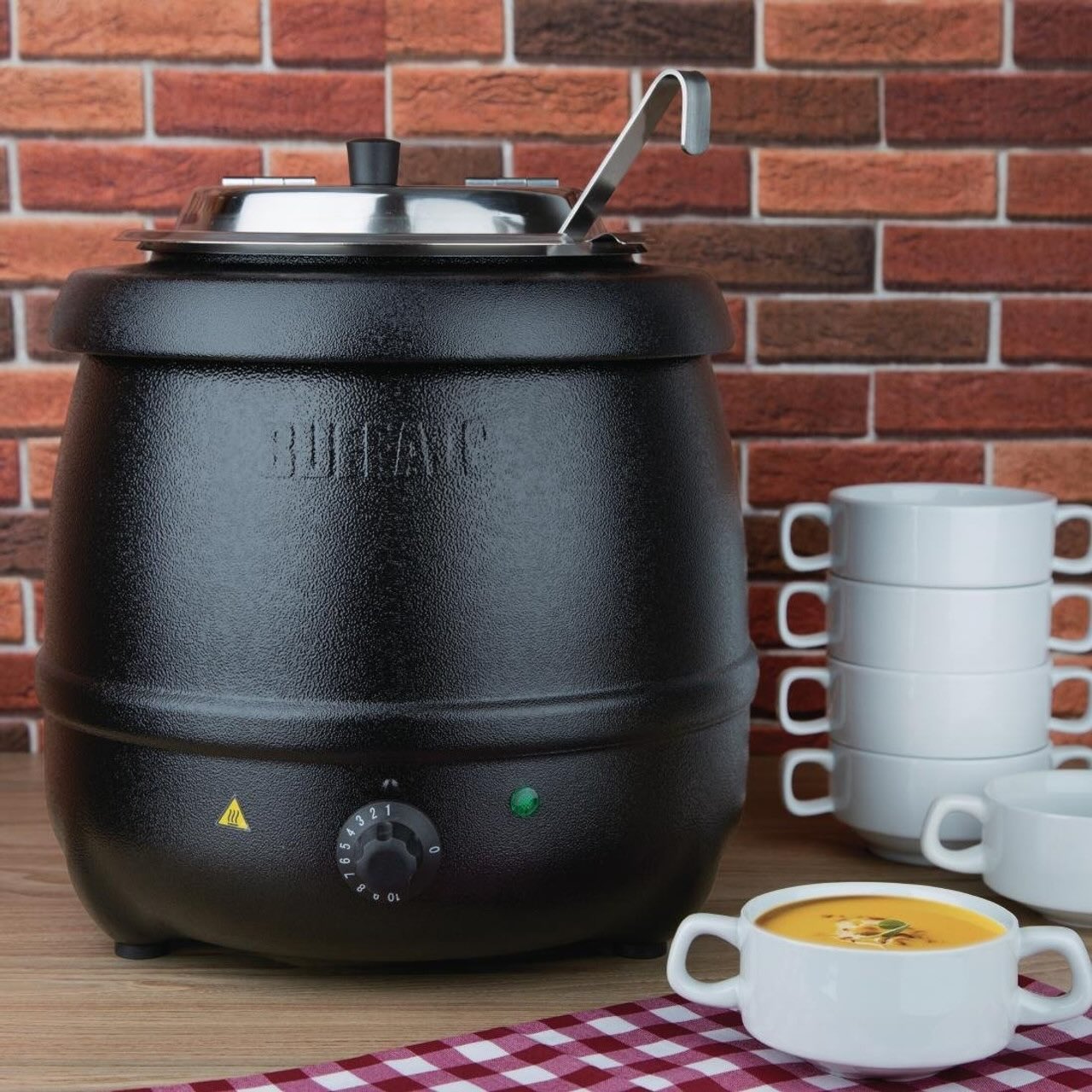
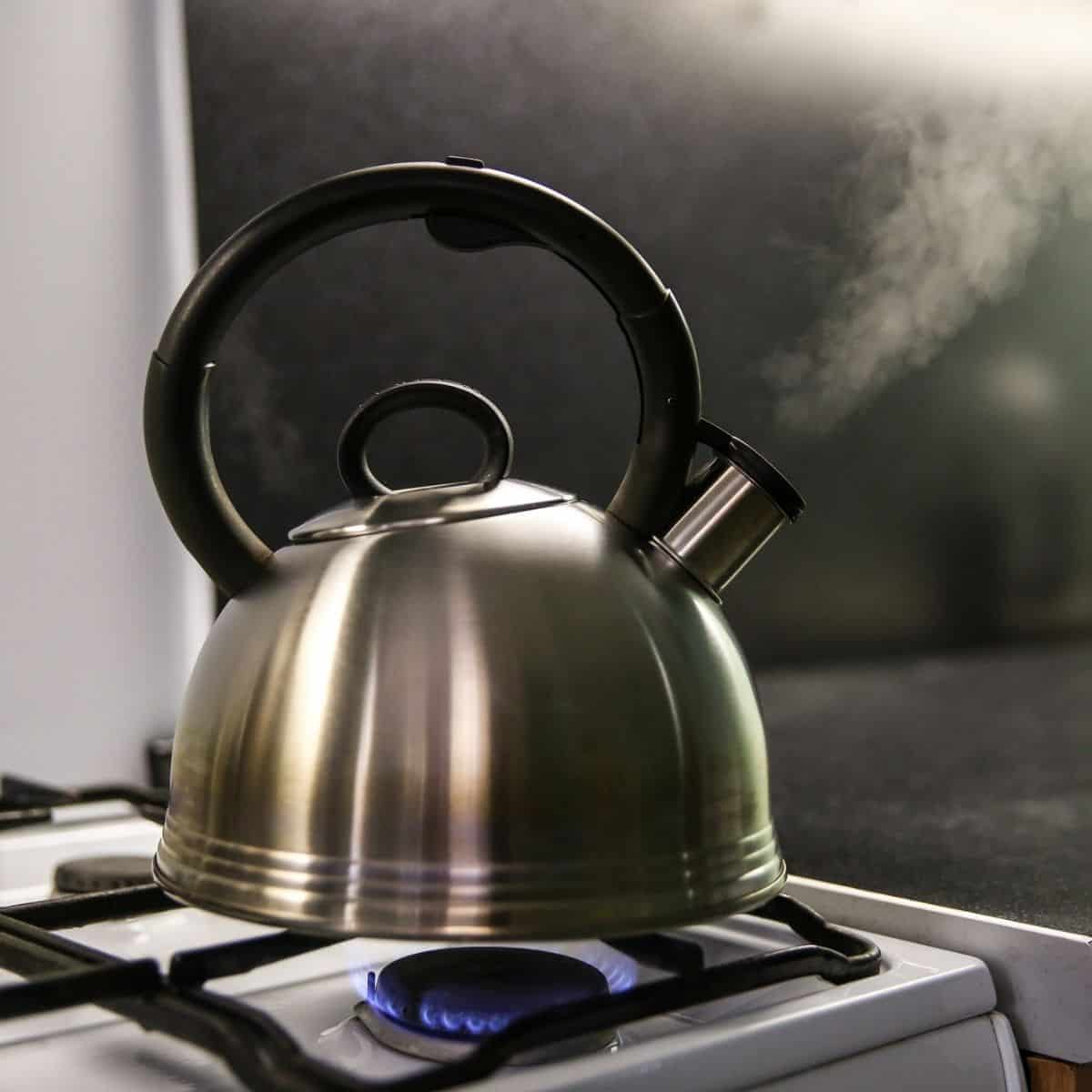
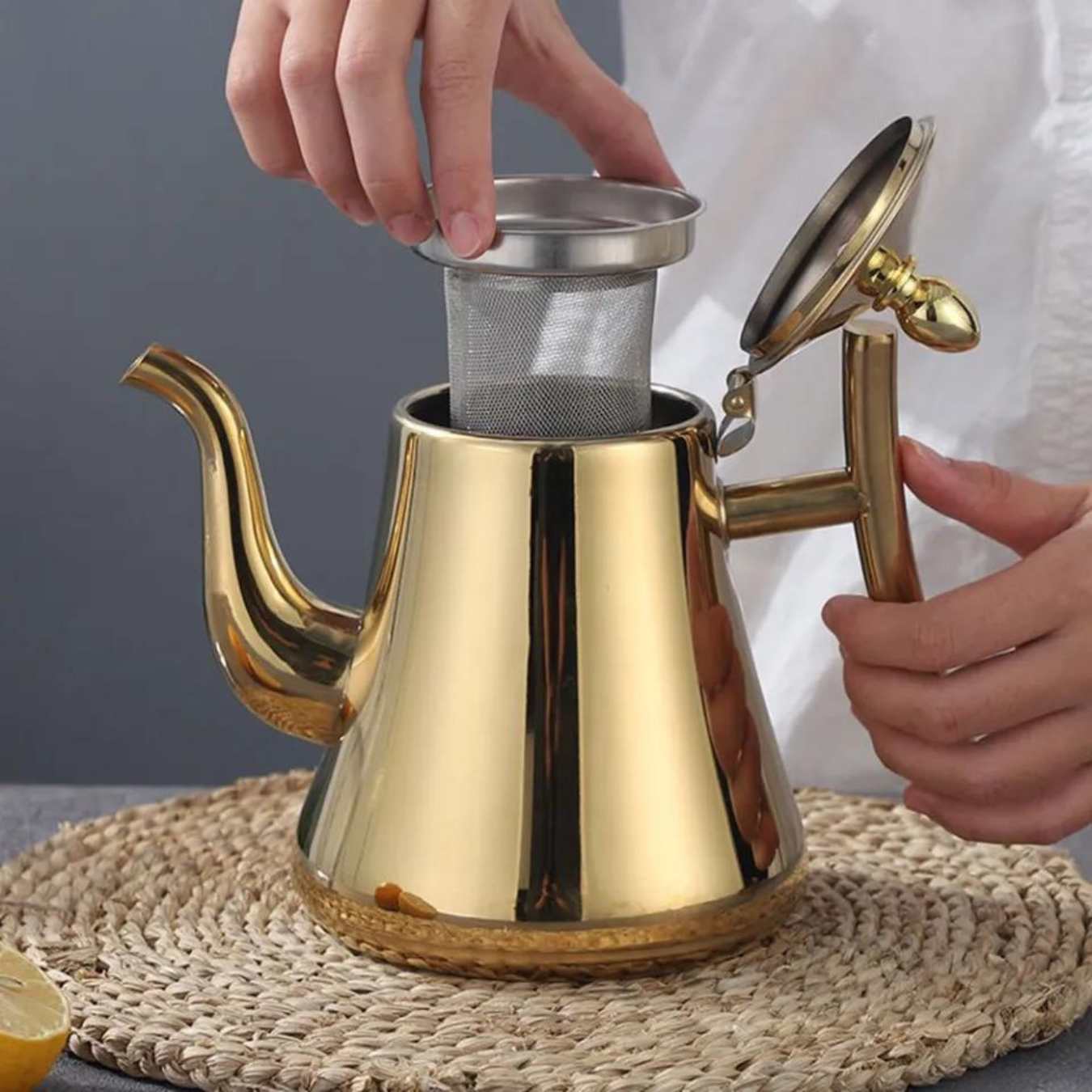
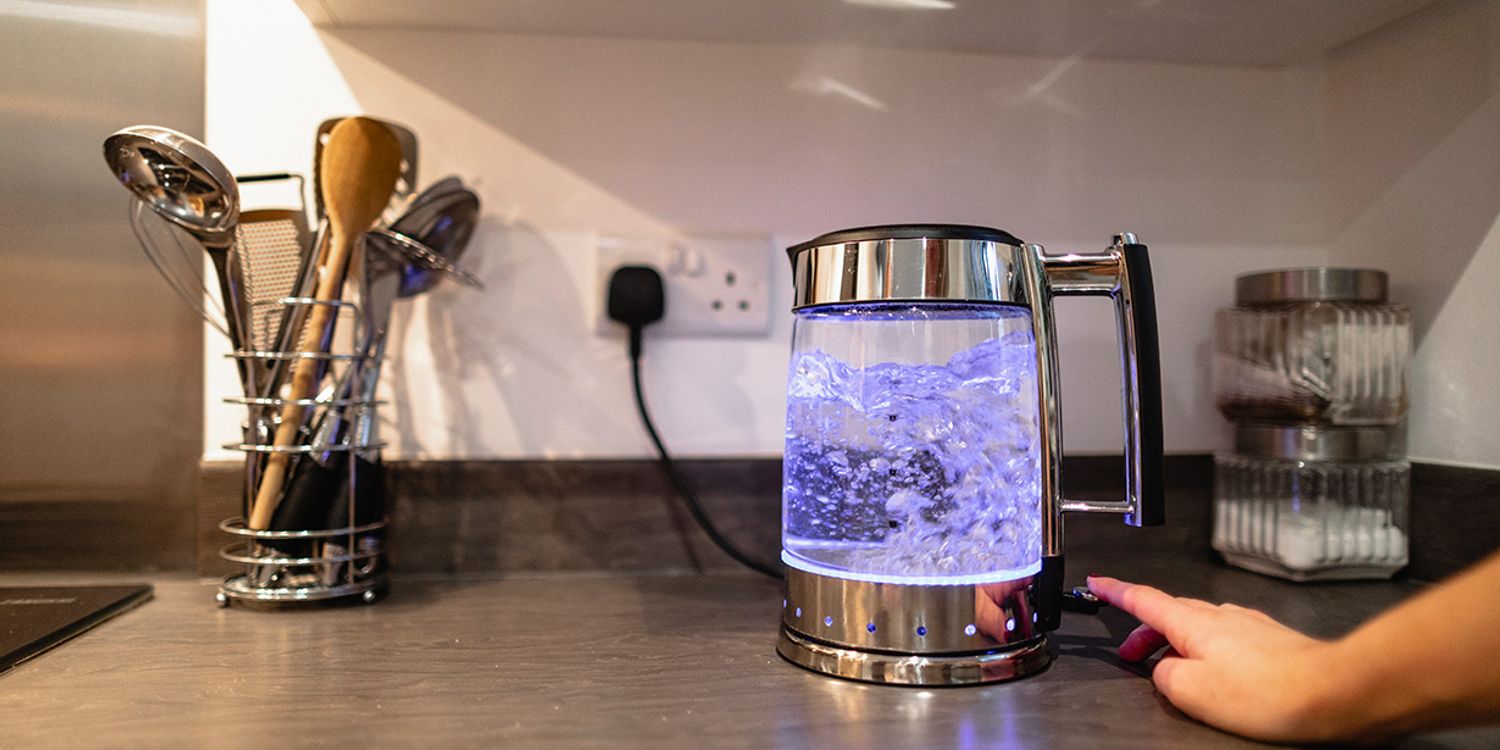
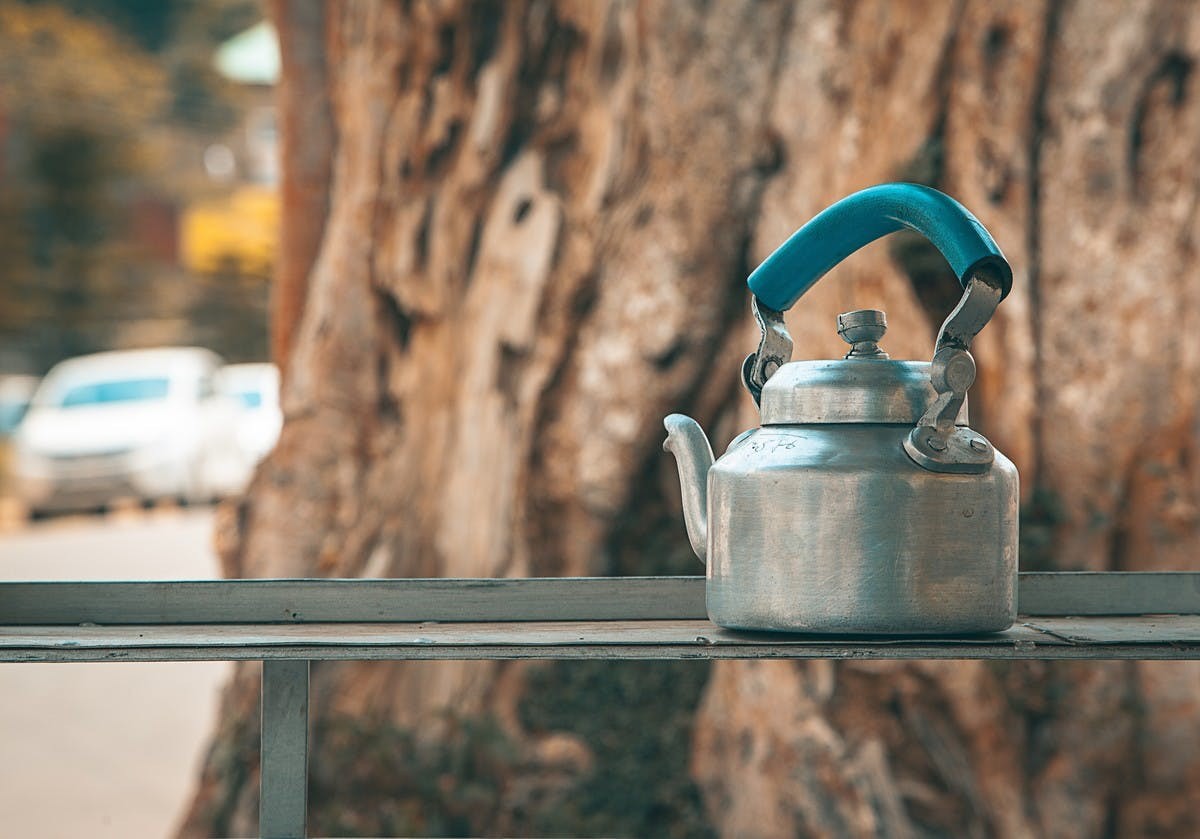
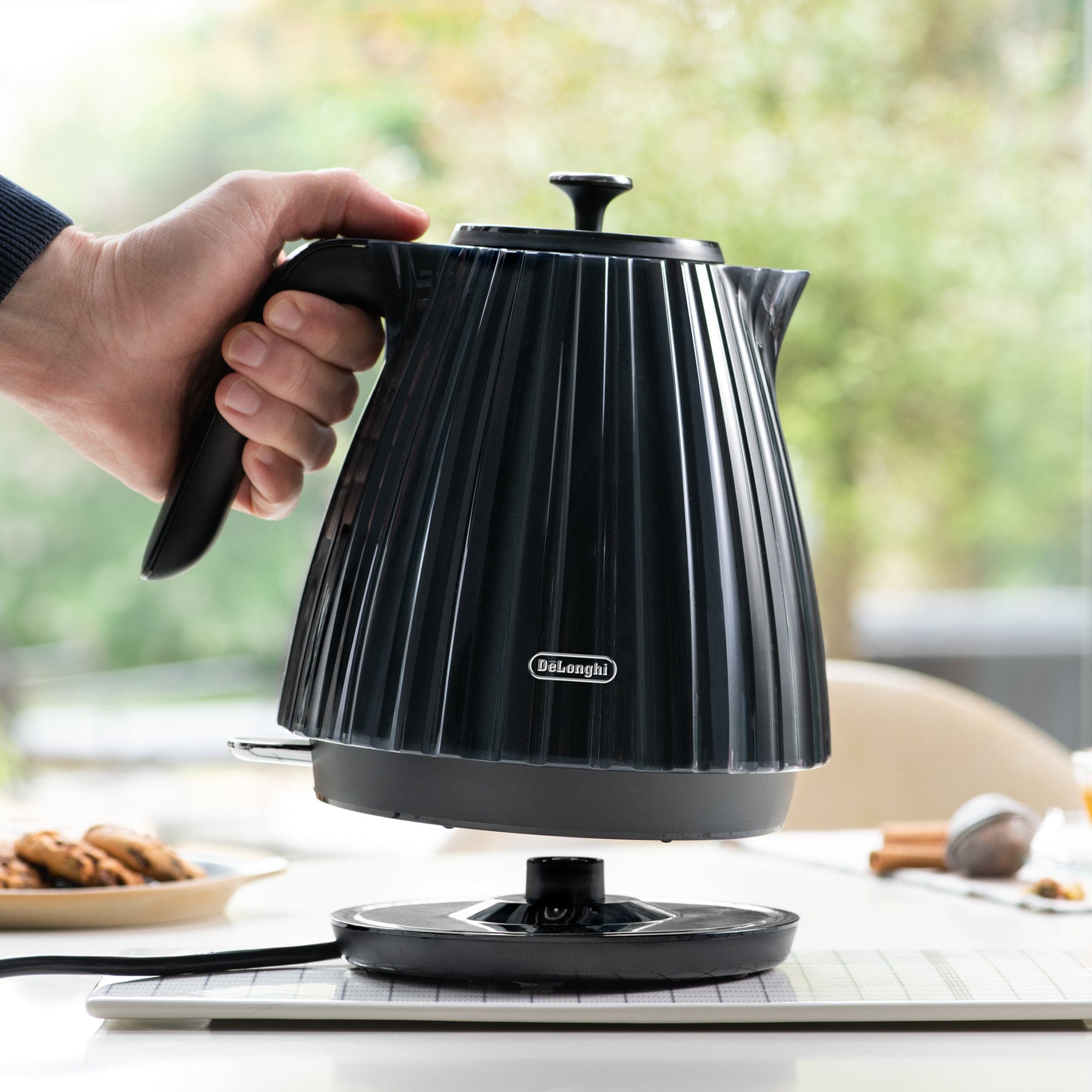
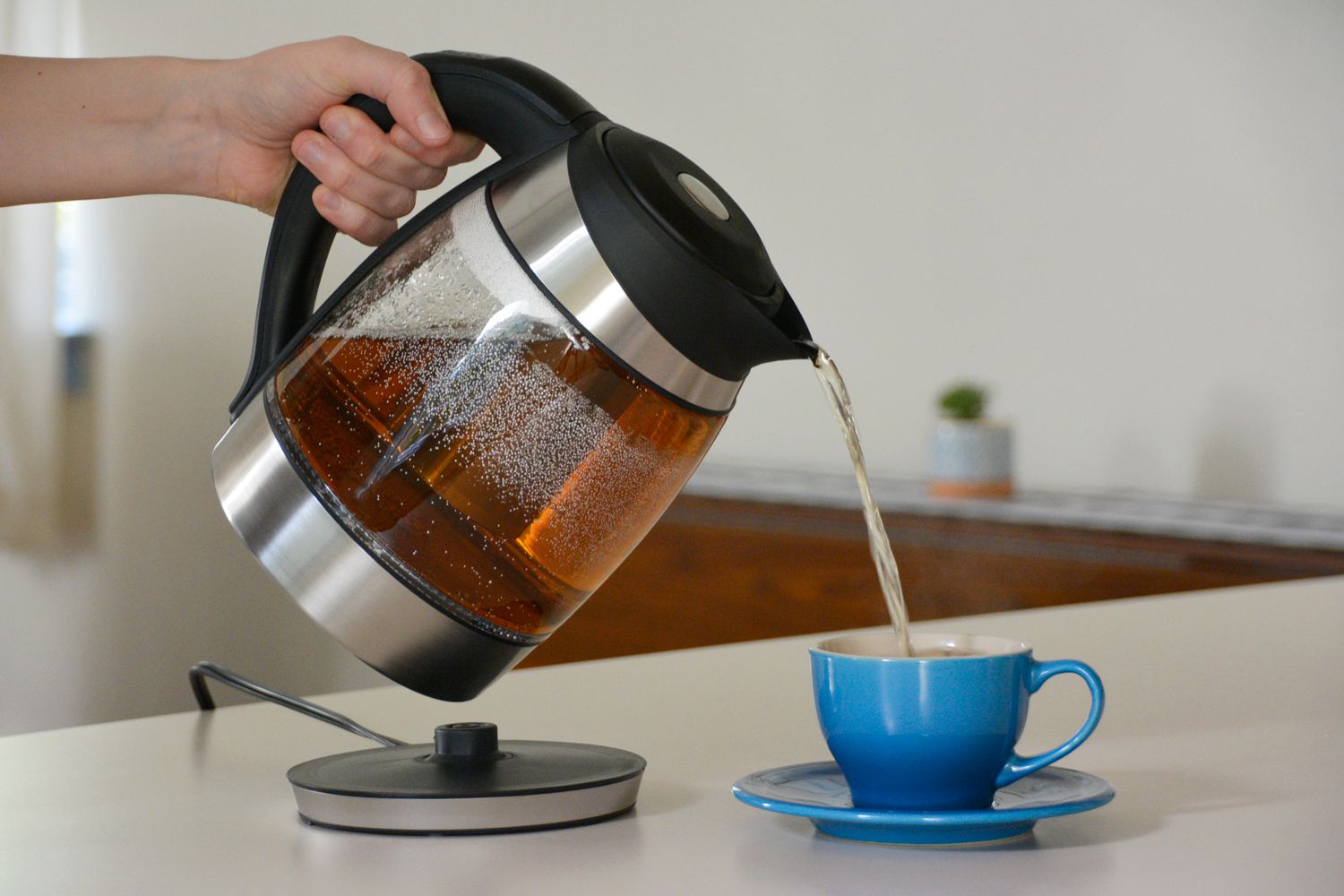
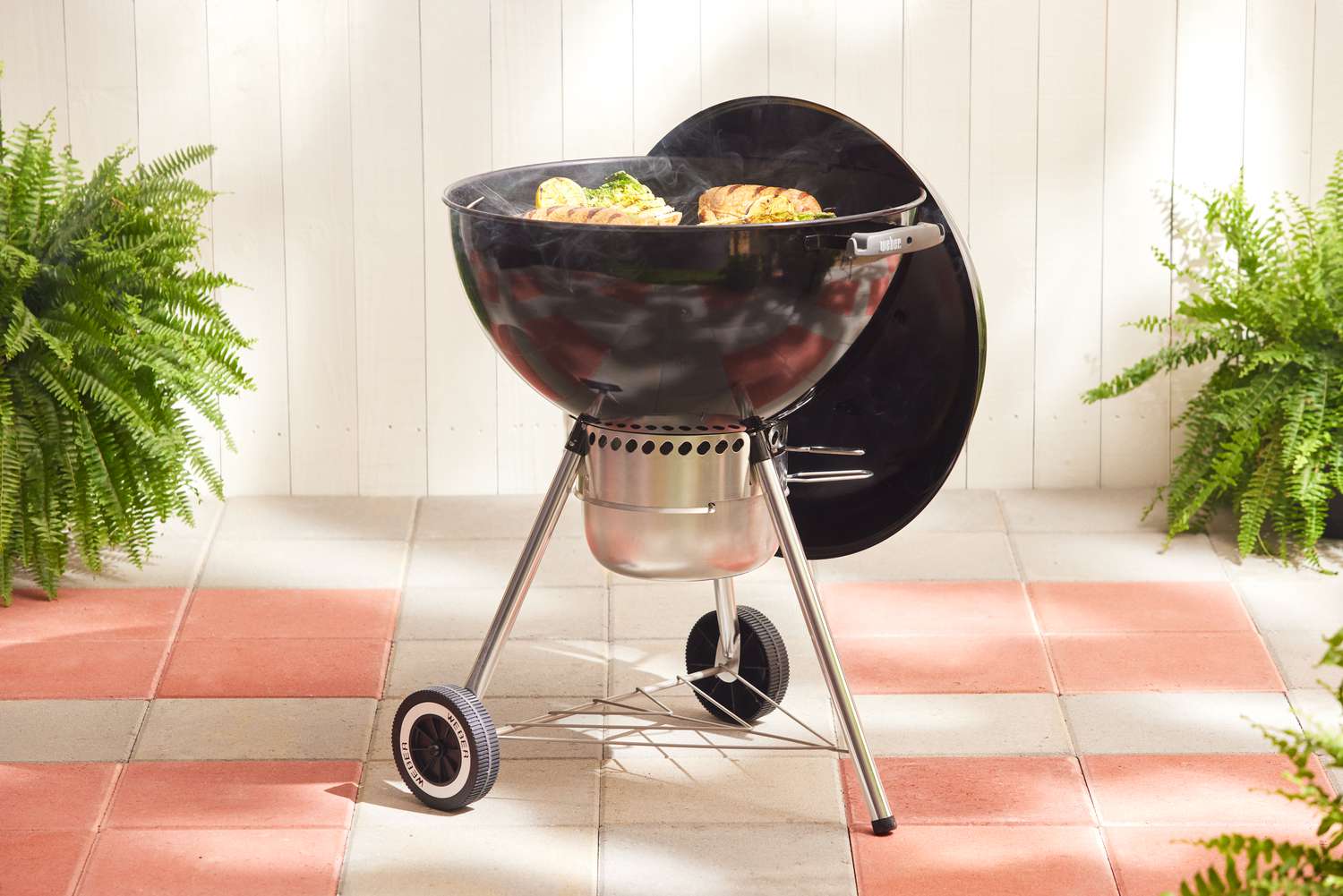
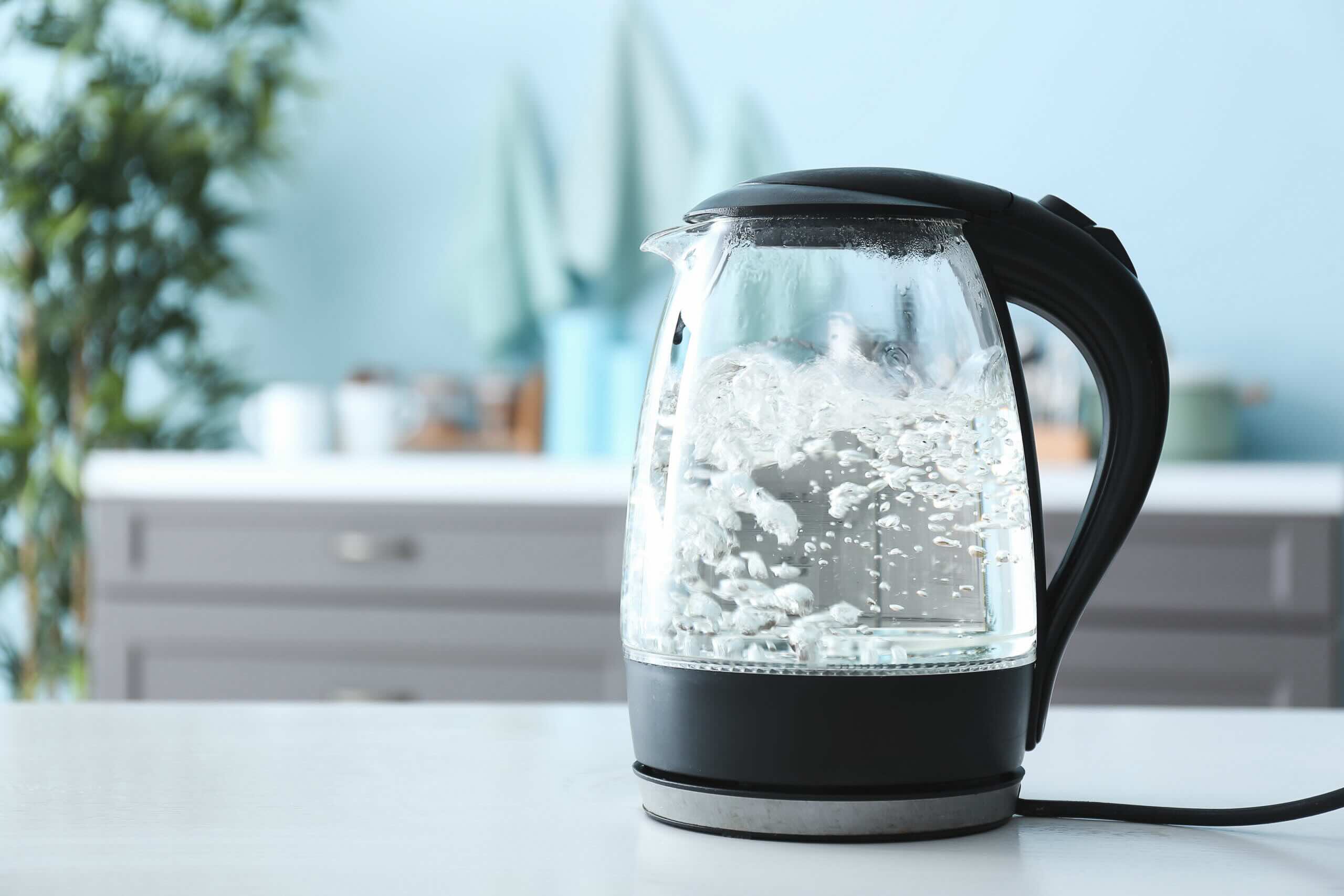

0 thoughts on “What Is A Kettle Used For”